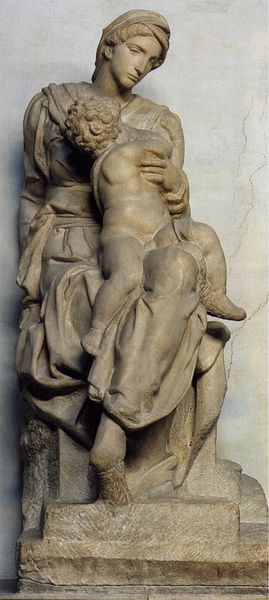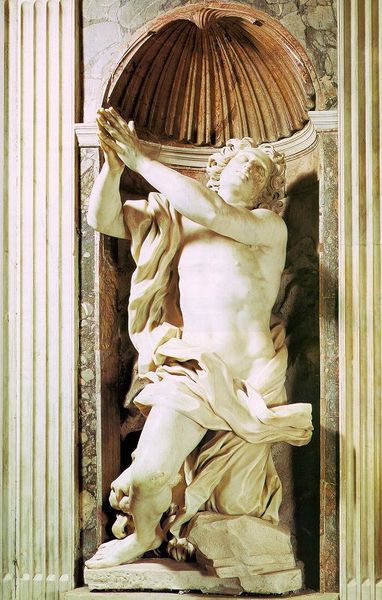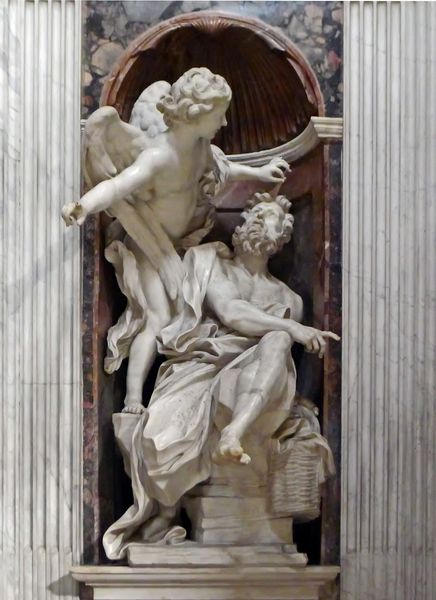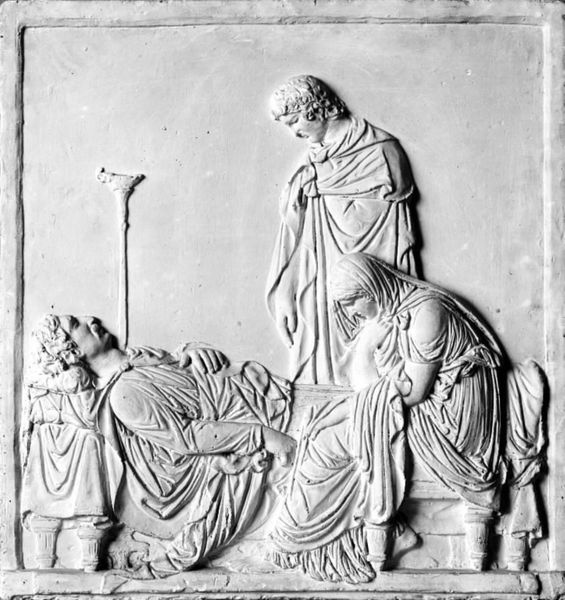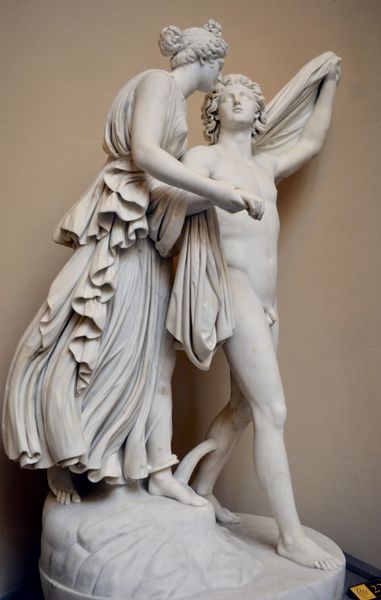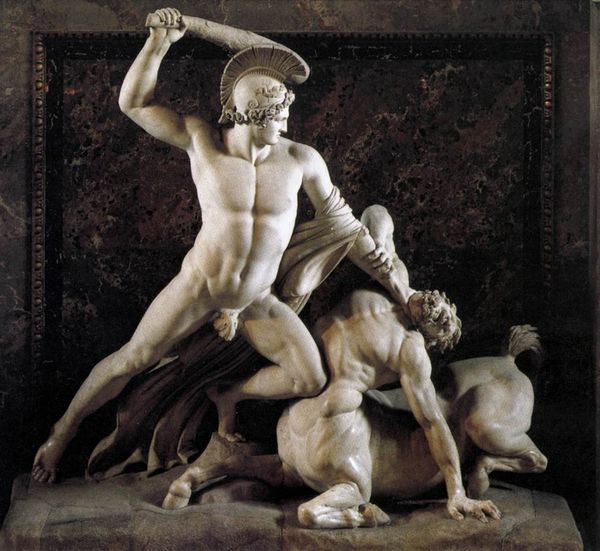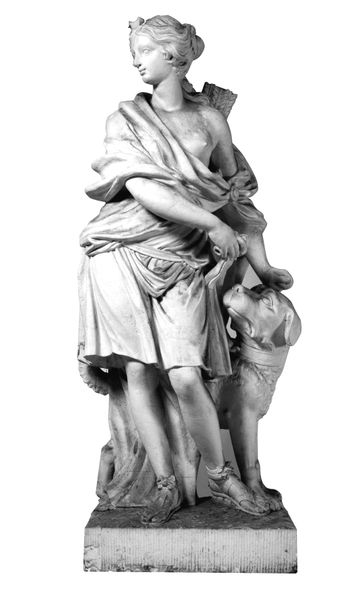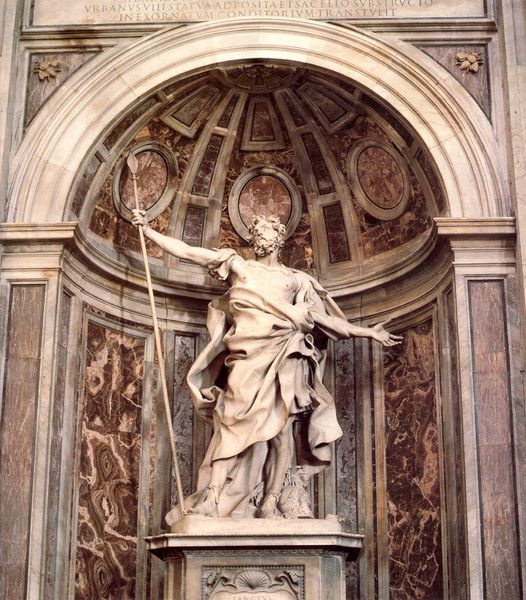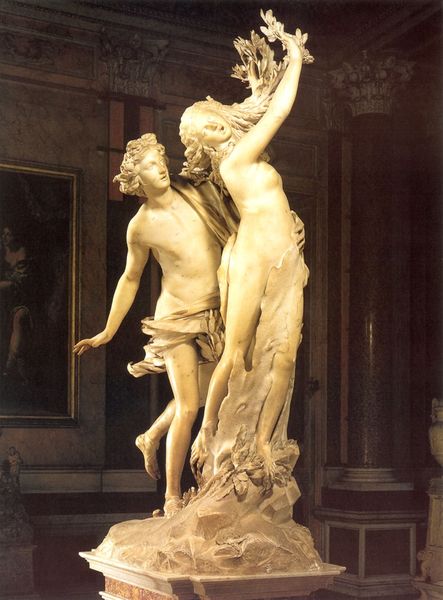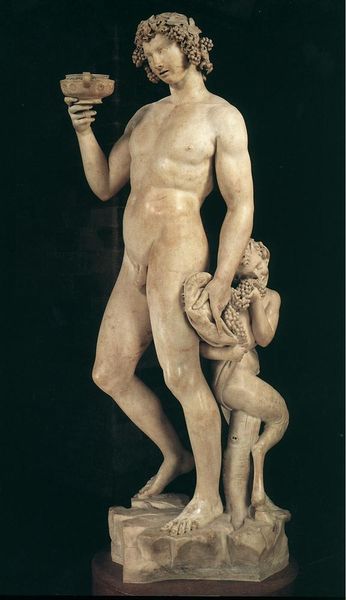
The Deposition 1550
0:00
0:00
michelangelo
Duomo di Firenze (Cattedrale di Santa Maria del Fiore), Florence, Italy
carving, sculpture, marble
#
portrait
#
statue
#
carving
#
sculpture
#
figuration
#
sculpture
#
christianity
#
history-painting
#
marble
#
italian-renaissance
#
virgin-mary
#
statue
Copyright: Public domain
Editor: So, this is Michelangelo’s “Deposition,” carved around 1550 from marble. There's such raw emotion etched into each figure; the grief feels palpable. What social and political conversations do you think Michelangelo was participating in when creating a piece like this? Curator: This work confronts themes of mortality, sacrifice, and perhaps most importantly, empathy, within a rapidly changing socio-political landscape of Renaissance Italy. Think about the Reformation, the questioning of religious authority, and burgeoning humanism. Where do you see these tensions reflected in the sculpture itself? Editor: I guess the way Christ’s body is being handled, almost reverently but also with a sense of human fragility, highlights that tension. Is the inclusion of Nicodemus meant to represent Michelangelo himself? Curator: Many scholars interpret Nicodemus, the figure looming over Christ, as a self-portrait. If so, what statement do you think Michelangelo is making by inserting himself into this narrative? Is it simply a display of piety, or something more complex? How does it reflect the changing status of the artist in Renaissance society? Editor: It suggests a deeper personal connection to the suffering depicted, perhaps even a sense of shared burden or guilt. It blurs the line between the divine and the human. I never considered it in that context. Curator: Precisely. Michelangelo’s “Deposition” isn’t just a religious scene; it's a profound exploration of human experience, shaped by the anxieties and aspirations of its time. Looking at the racial and gender dynamics within a patriarchal church helps me grasp Michelangelo's inner world. Editor: Seeing how Michelangelo navigated complex philosophical ideas during a crucial historical moment makes the artwork more impactful and meaningful. Curator: Exactly. When art is understood as a reaction to an event and period, its meanings multiply.
Comments
No comments
Be the first to comment and join the conversation on the ultimate creative platform.
